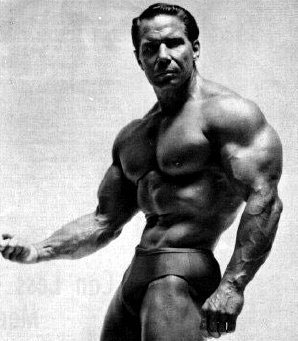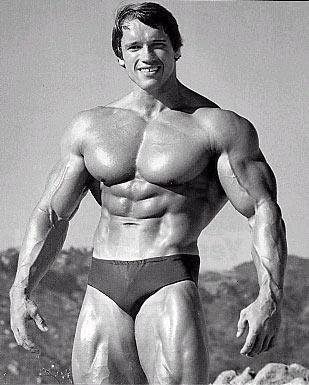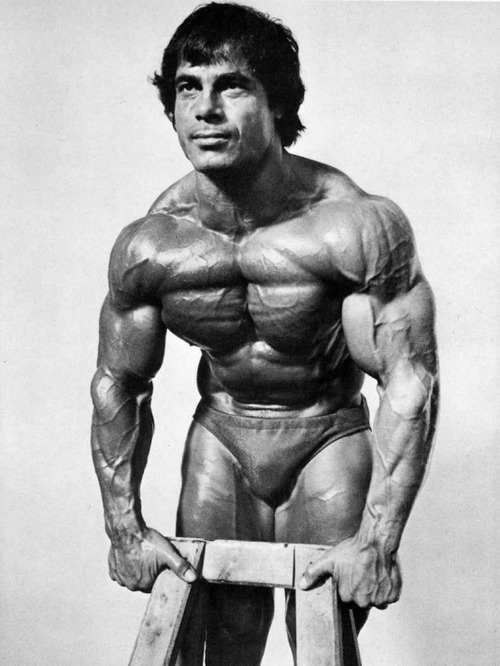
The year 1971 marked the high point of the remarkable career of Bill Pearl. Pearl first won Mr. America in 1953, then went on to victories in the Universe in 1953, 1961, and 1967. At the 1971 Mr. Universe, eighteen years after his Mr. America title, he came back to defeat the awesome Sergio Oliva and prove, once more, that he was one of the greatest bodybuilders of all time. Arnold Schwarzenegger won six Olympia titles between 1970 and 1975, but it was not without considerable opposition. Serge Nubret emerged as a potent force during this period, and at the 1973 Olympia he was amazing in his ability to create such size and definition on what was essentially a small frame.

In 1973 a new monster came on the scene. Lou Ferrigno won the IFFB Mr. Universe title and gave notice that a new force in bodybuilding was on the horizon. Lou went on to win the IFFB Universe title again the next year and then entered the Olympia. He may have admitted he had always idolized me, but that did not keep him from doing his best to take the Olympia title away from me.
The 1975 Mr. Olympia was something of a high point in the history of this great event. Ferrigno returned, determined to achieve victory; Serge Nubret was also back and in top shape. For the first time, there were six or seven absolutely first-rate champions contending for the title, and Schwarzenegger was especially proud of this victory, after which Arnold retired from competition.
Franco Columbu won the 1976 Mr. Olympia title, the first small man to do so. Until this time, the big man always won, but from ‘76 on the small man came into his own. Muscularity and extremely low body fat became the winning factor, and this required an almost scientific approach to training and diet to achieve. The late seventies saw Frank Zane hit his prime, winning three consecutive Olympia titles with his aesthetic physique.

Robby Robinson also achieved world-class status and displayed both highly aesthetic and muscular qualities. In contrast, when Kal Szkalak won the 1977 World Amateur Bodybuilding Championship, it was more by virtue of an incredible development of mass than a Zane-like symmetry.
In 1980, Arnold came out of retirement to win the Mr. Olympia contest in Sydney, Australia. He could hardly believe how competitive the sport had become by then, or that Arnold would be pushed so hard by a bodybuilder as small as Chris Dickerson.
The 1970s also saw the rise of the International Federation of Bodybuilders as the dominant bodybuilding organization. Under the guidance of its president, Ben Weider, the IFBB consisted of more than a hundred member countries and had become the sixth largest sports federation in the world. In addition, the Mr. Olympia title was now recognized as the top professional championship in bodybuilding, comparable to Wimbledon in tennis and the U.S. Open in golf.
